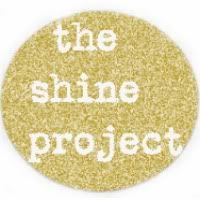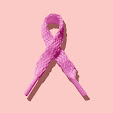

Here is another picture of Miss Sara at Thanksgiving. She is just getting so big!

Then, we celebrated Christmas at our house yesterday since we'll be out of town this week. We set up Sara's presents all around the tree. We have some video of her opening her presents that we will upload soon! Thanks Mom and Dad for the Flip! We love it and it's perfect to take videos of Sara. So here is a picture of our tree with all of Sara's presents. Video to come soon...









